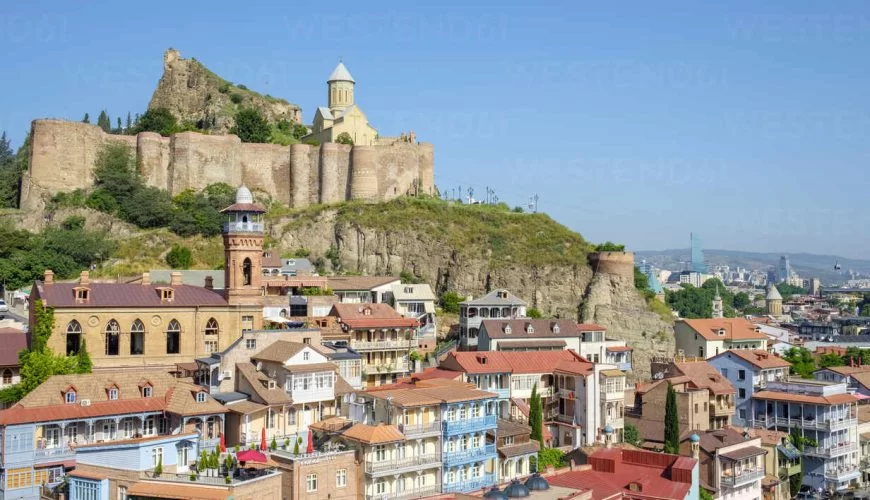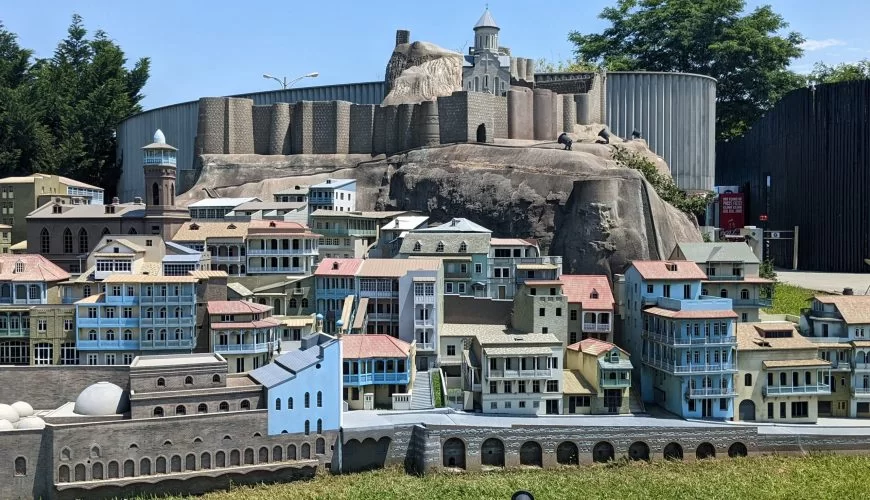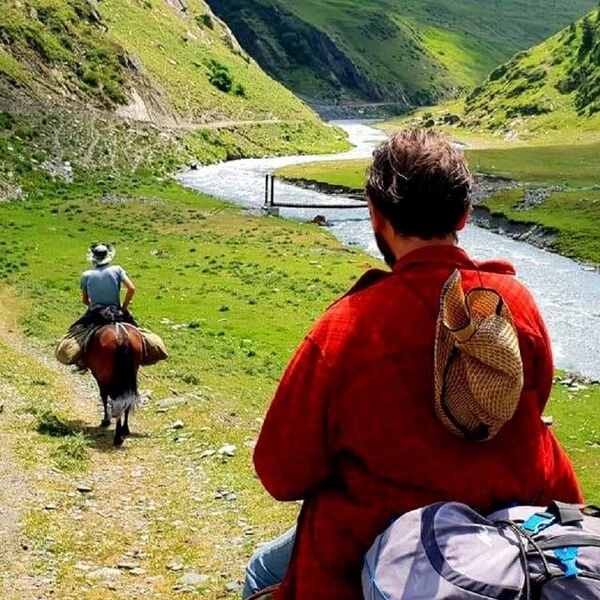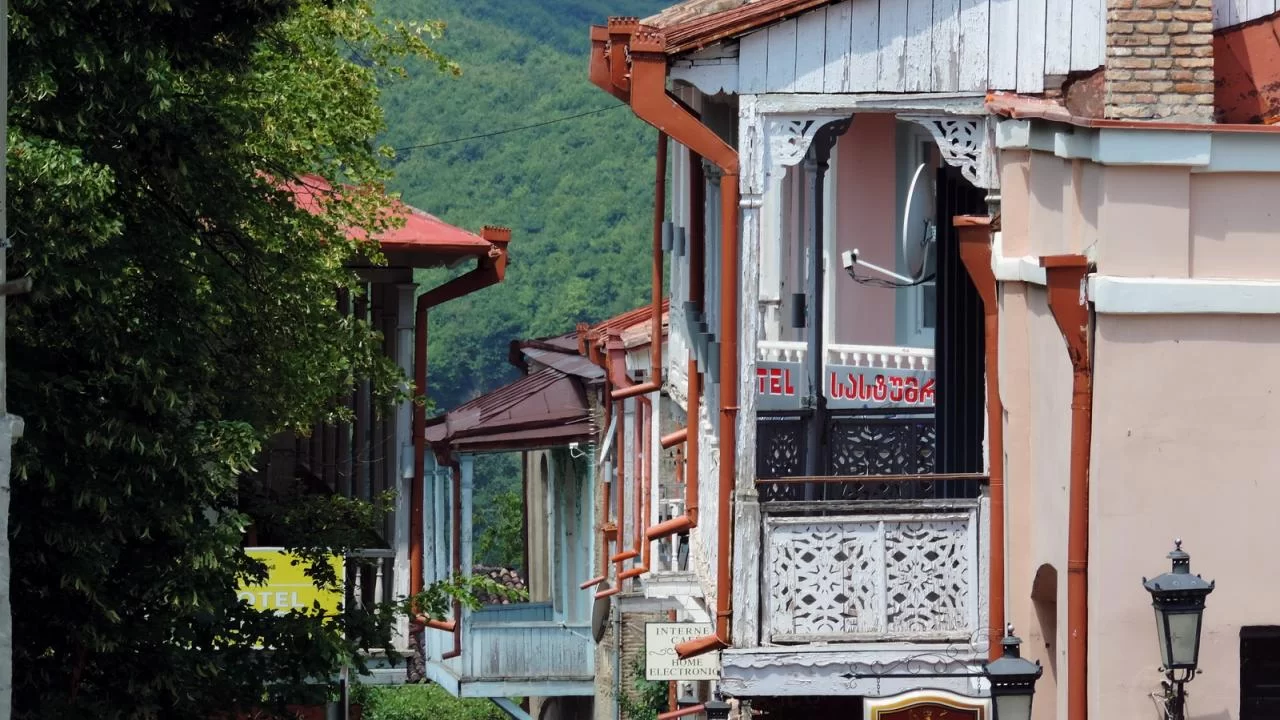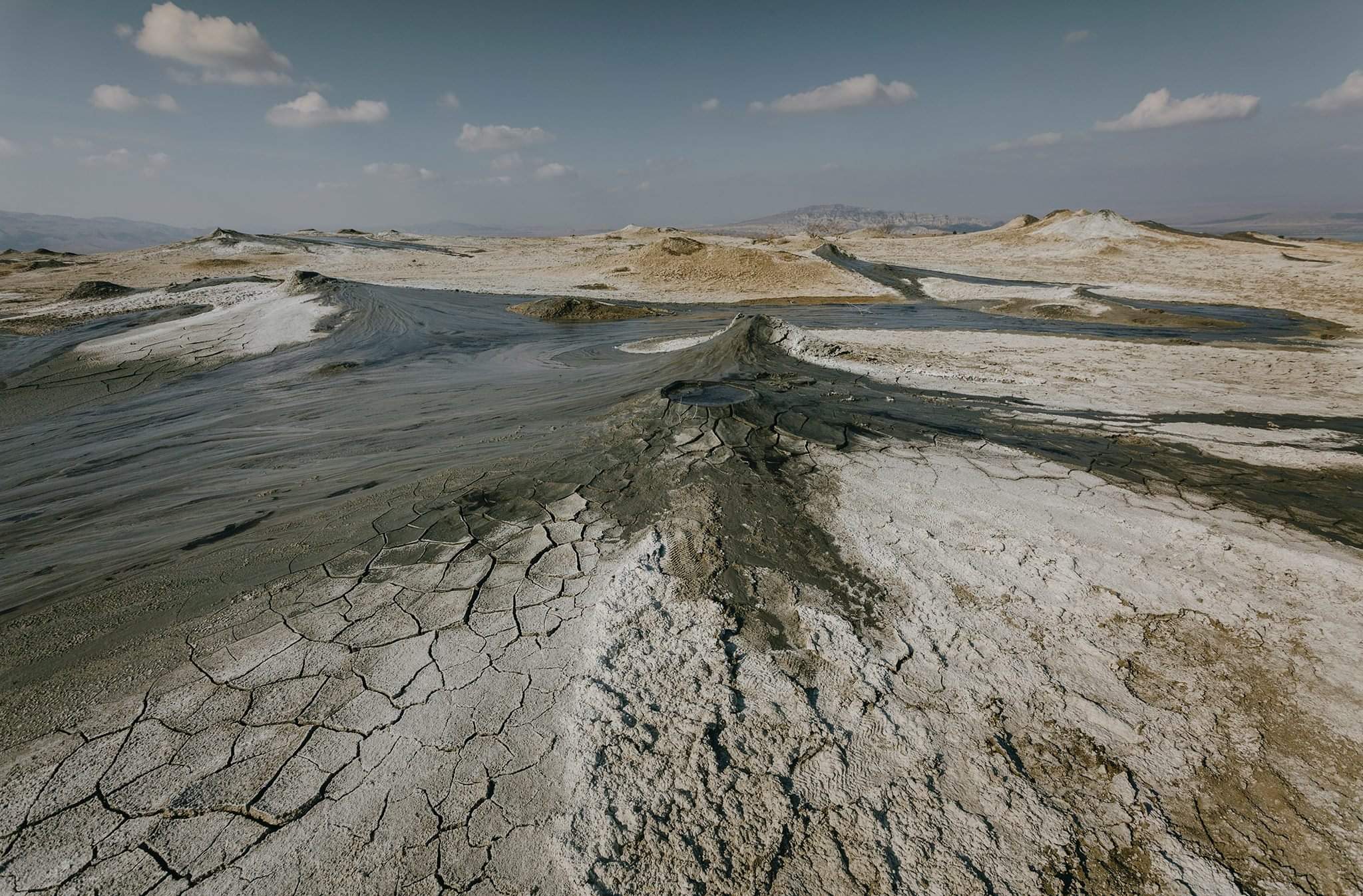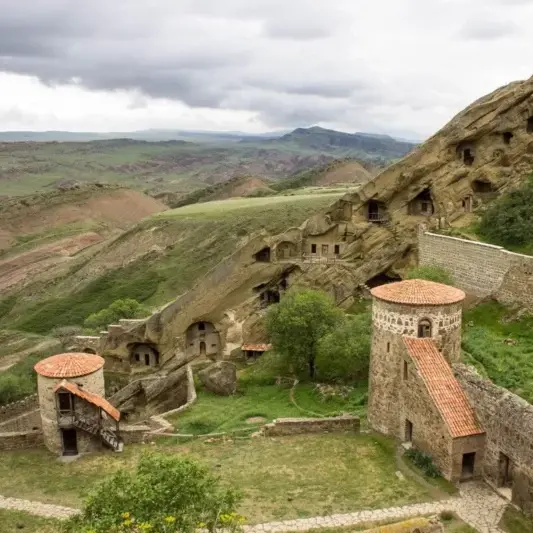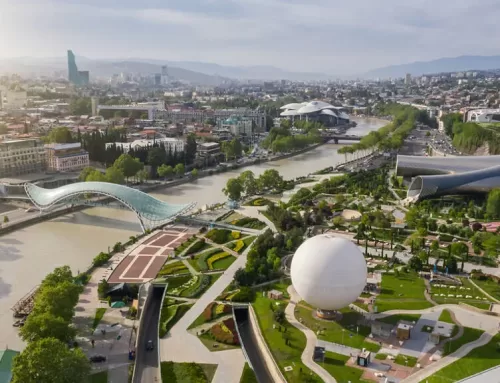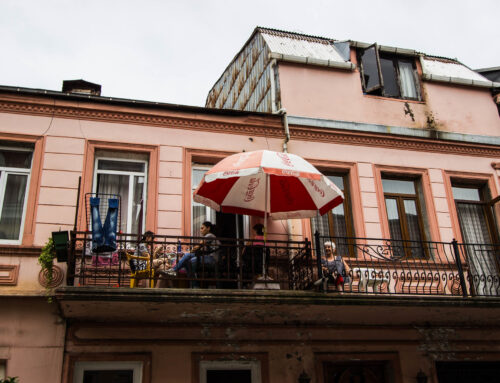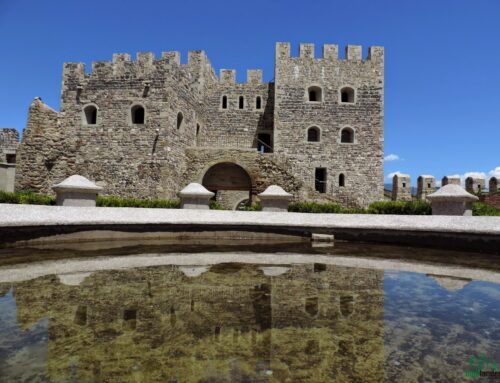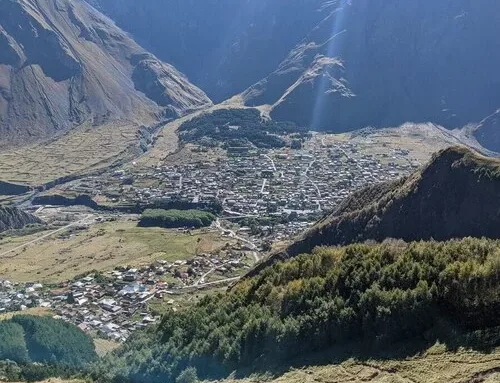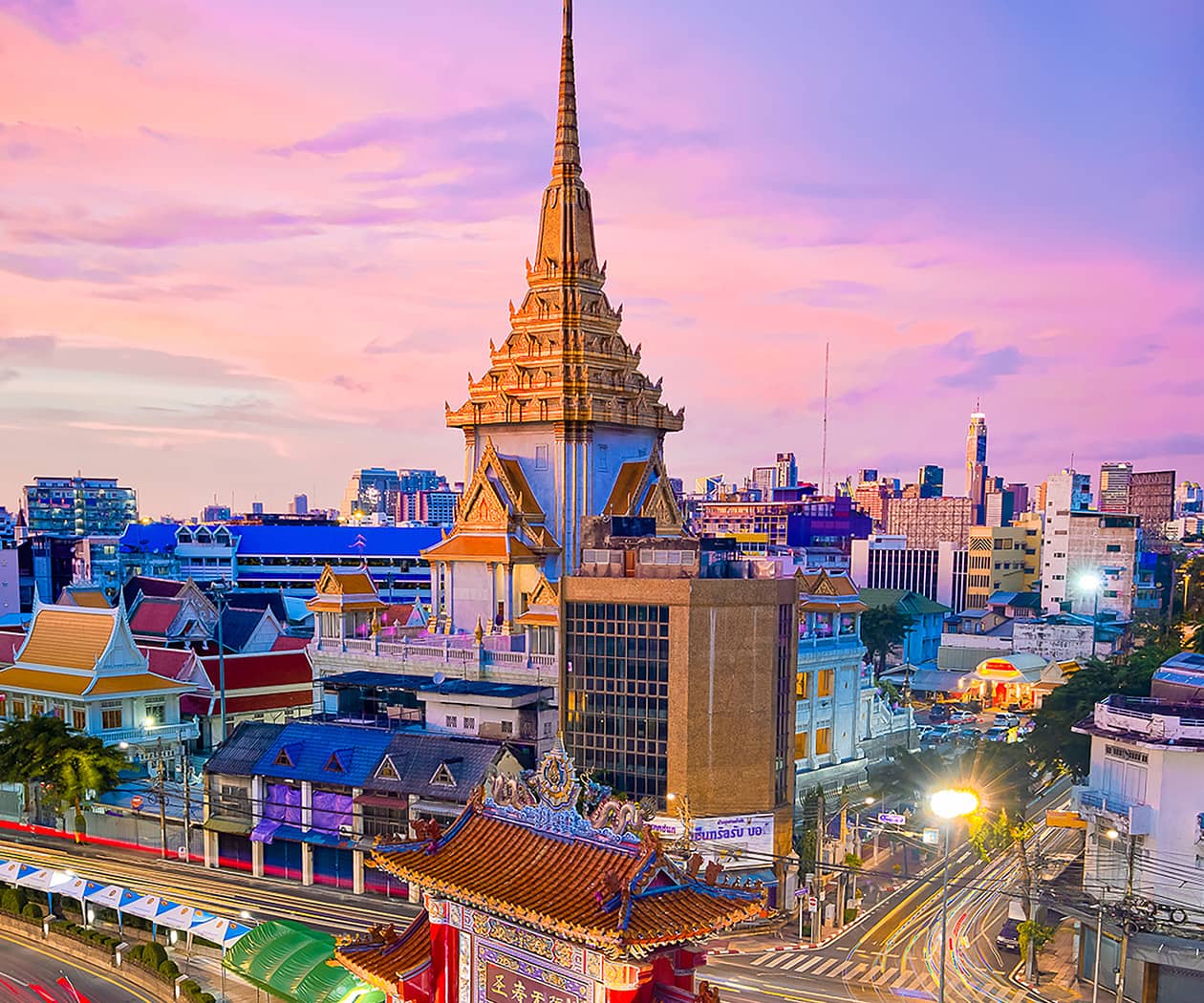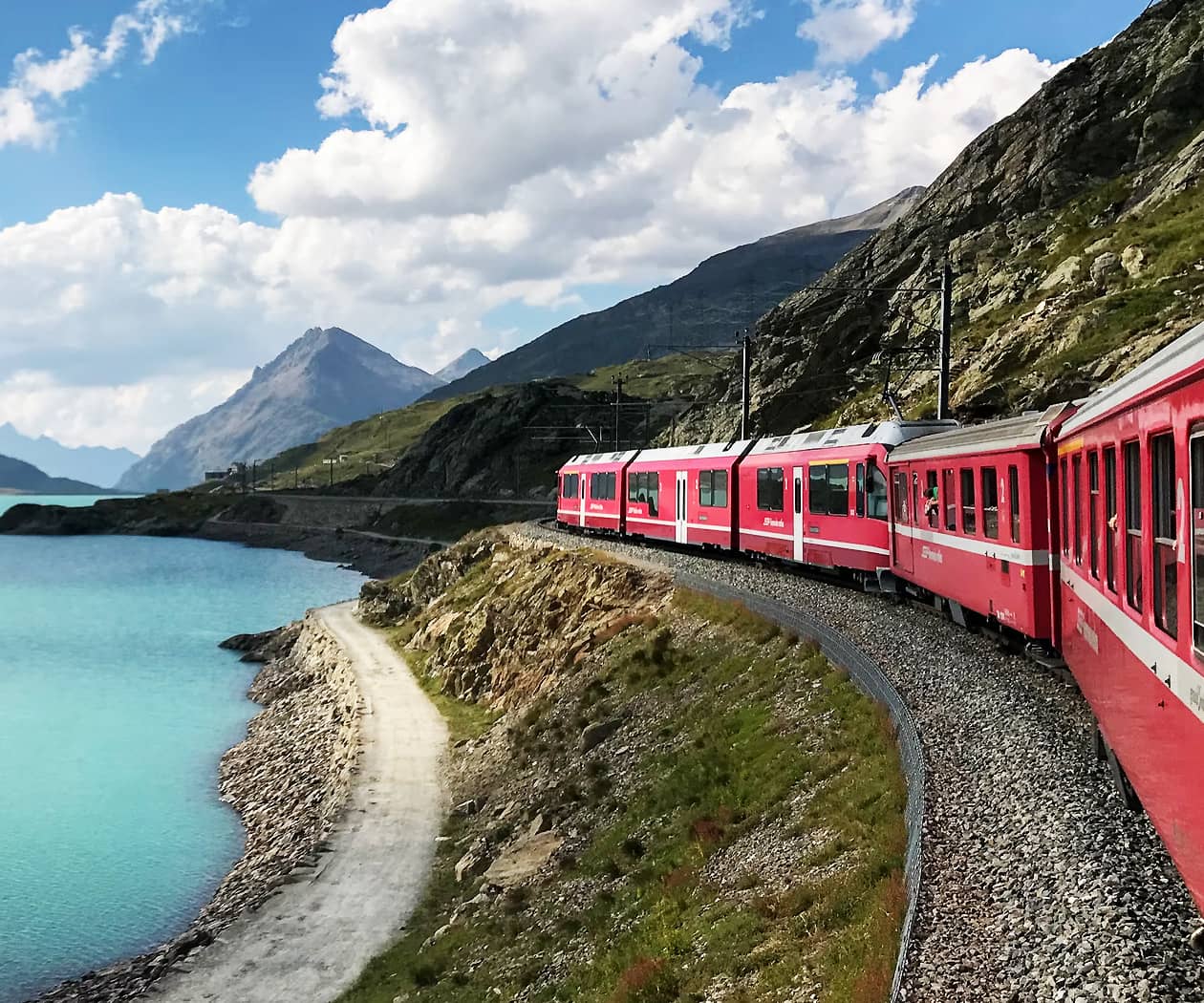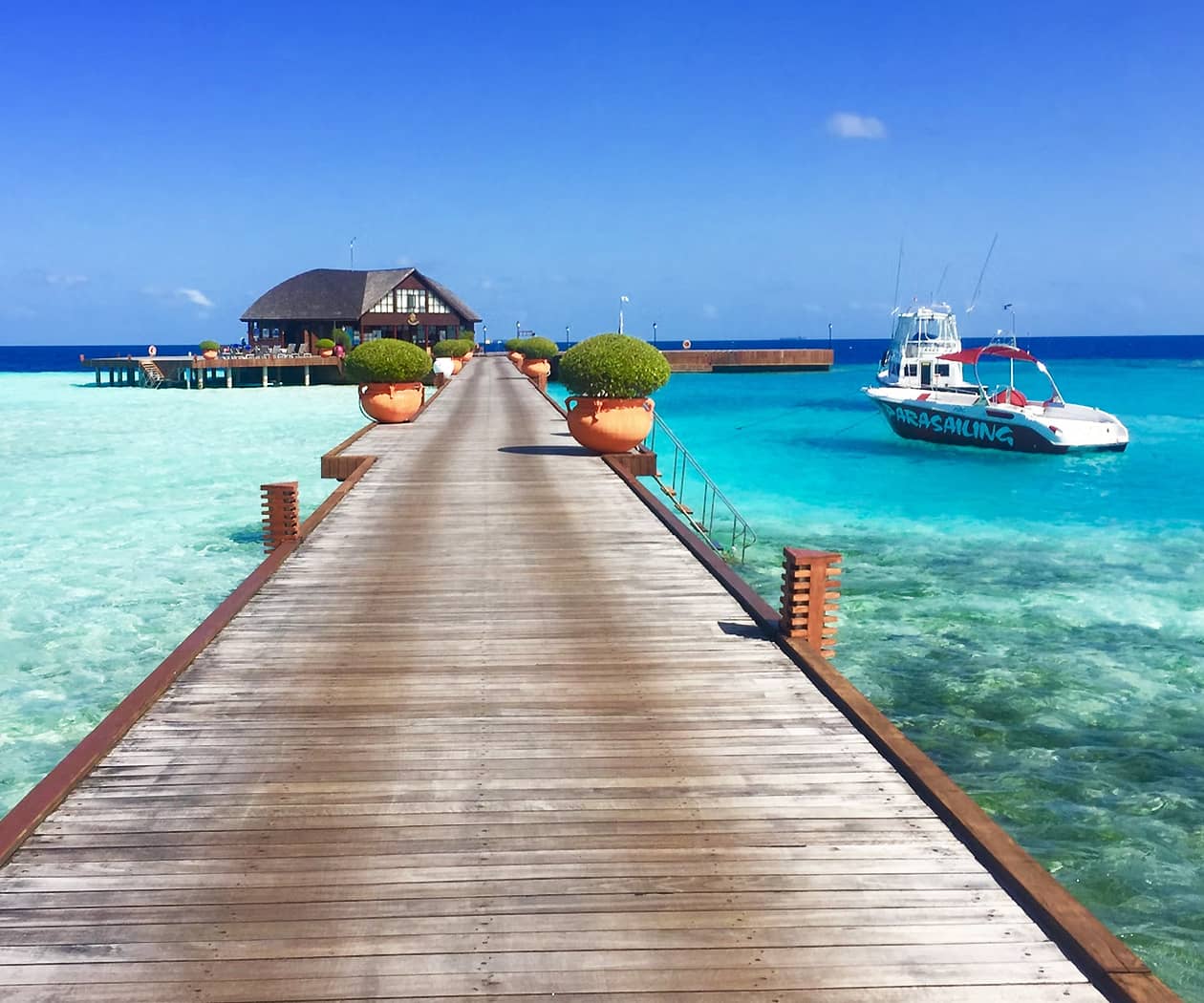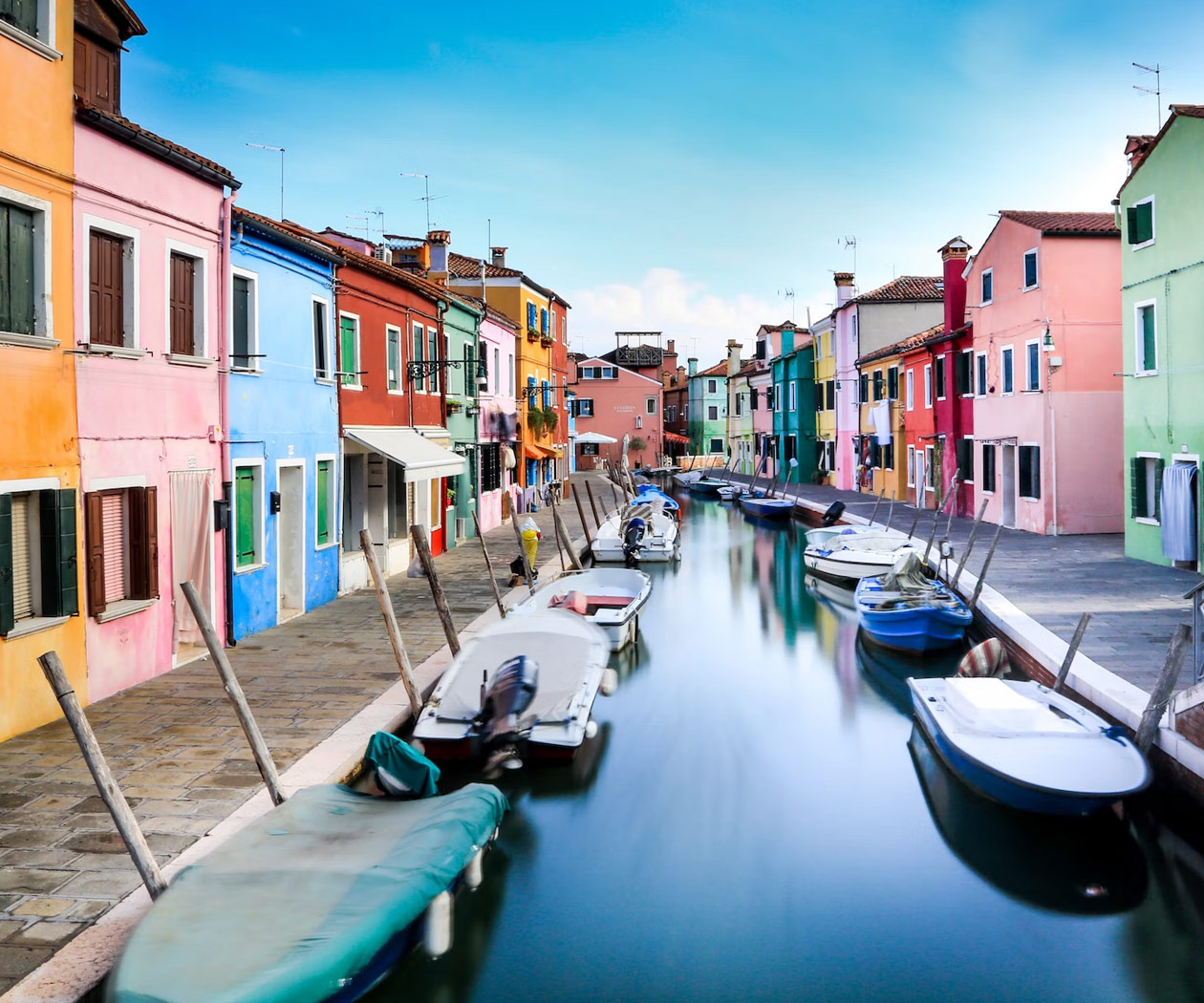Magnificent Uplistsikhe – 26-century old cave city
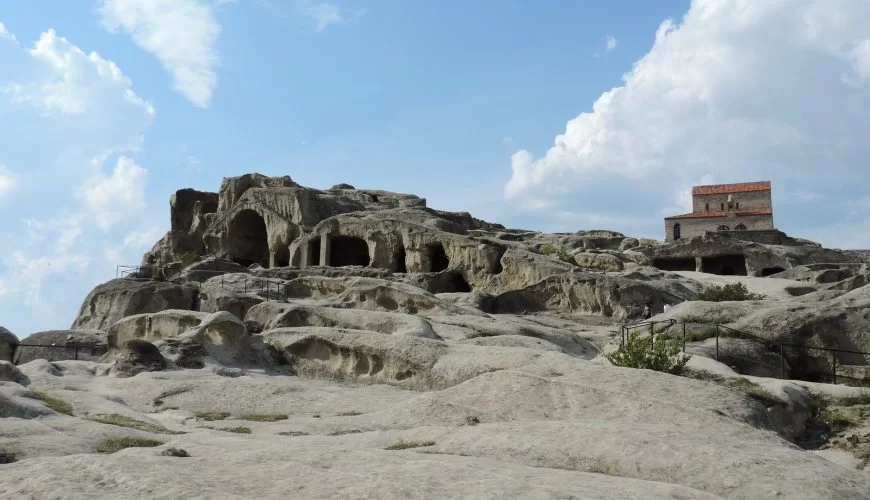
Uplistsikhe, an ancient cave town, located 10 km east of the modern town of Gori is one of the most important sights in Georgia. The cave city is also a major attraction in Shida Kartli region.
Table of Contents
A brief history of Uplistsikhe
In VI century BC people of Kartli started carving caves in the soft sandy rocks near river Mtkvari to glory their Gods. Carved in the rocks temples were growing, priests were becoming richer and the city grew and grew.
Finally by the end of the pre-Christian period in Georgia Uplistsikhe became a major spiritual and economical center in Mtkvari valley, alongside with capital Mtskheta.
In the middle ages carved in rocks towns also was playing an important political role. Finally, Uplistsikhe was destroyed during the Mongol invasion in the XIV century and never rebuilt again. This place was forgotten for several centuries. In the XIX century, only archaeologists found the caves of Uplistsikhe and started excavation.
Several parts of the most vulnerable areas were completely destroyed by an earthquake in 1920. The Uplistsikhe cave complex has been on the tentative list for inclusion in the UNESCO World Heritage program since 2007.
Legend about Uplistsikhe
As the old legend said, Uplistsikhe was built by slaves. The slaves used pickaxes, half of which was covered with iron, thus excavating the caves and the other half with gold. The slaves had to work hard to outwore the ordinary metal, after which the slave received freedom and precious metal or gold as a gift.
Therefore, two things are clear. One is how much effort has been put into carving the city and the other is that gold mining was well-known in ancient Georgia.
Description of the monument
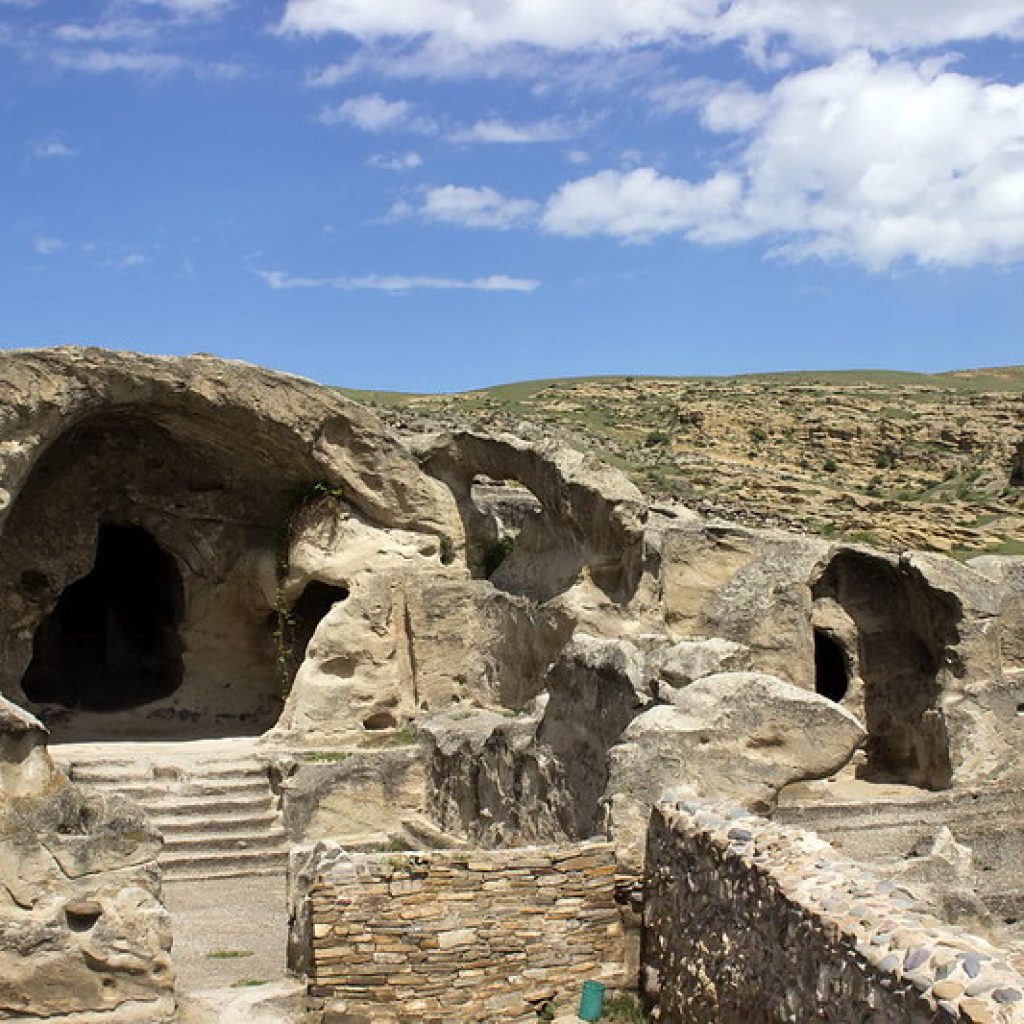
We can tentatively divide the Uplistsikhe complex into three parts: south (lower), middle (central), and north (upper). The middle part is the largest, contains a bulk of the Uplistsikhe rock-cut structures, and is connected to the southern part via a narrow rock-cut pass and a tunnel. Narrow alleys and sometimes staircases radiate from the central “street” to the different structures. The most notable structure of the southern part is the ceremonial hall.
A pillared hall with two adjacent rooms is one of the most important structures in the town. Its ceiling was supported by two pillars. A stone bench, probably, served as a ruler’s seat.
The majority of the caves are devoid of any decorations, although some of the larger structures have coffered tunnel-vaulted ceilings, with the stone carved in imitation of logs. Some of the larger structures also have niches in the back or sides, which may have been used for ceremonial purposes. The facade of the large ceremonial hall of the southern part is decorated by a Roman-type arch with pediment.
The 6th-century basilica was largely cut into the rock, except for its southern wall, built from the rocks. At the summit of the complex is a Christian basilica built of stone and brick in the 9th-10th centuries.
Archaeological excavations have discovered numerous artifacts from different periods, including gold, silver, and bronze jewelry, and samples of ceramics and sculptures. Many of these artifacts are in the safekeeping of the National Museum in Tbilisi.
When to visit Uplistsikhe
You can visit Uplistsikhe any time of year. If the weather is nice for walking, then go ahead. In hot summer days take sunscreen and cover your head.
Attractions nearby and tourist infrastructure
Next to Uplistsikhe, you can find a couple of small cafes and restaurants suitable for relaxation and lunch.
At the complex entrance, there is WC and souvenir shop.
Halfway from Gori to Upistsikhe is the river Tana gorge. The gorge is famous because of the church Ateni Sioni located in the village of Ateni, 7 km away from the main road. Tana gorge is also notable for its vineyards. So for tourists interested in Georgian wines is highly recommended to combine the Uplistsikhe sight seeing tour with wine tasting and lunch in one of the wineries there.

